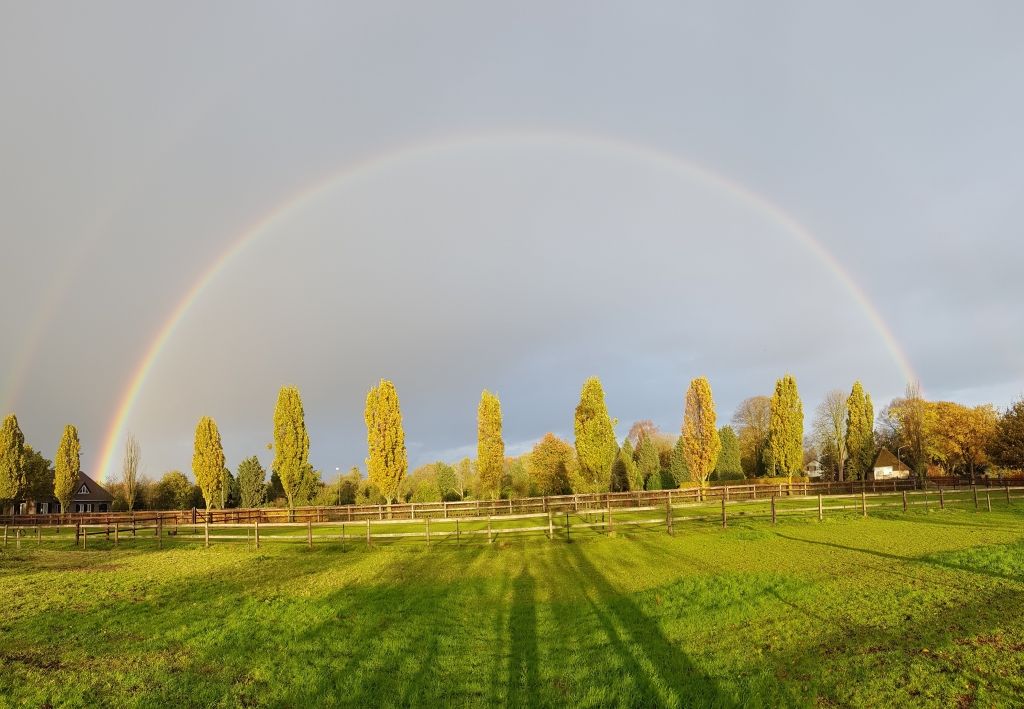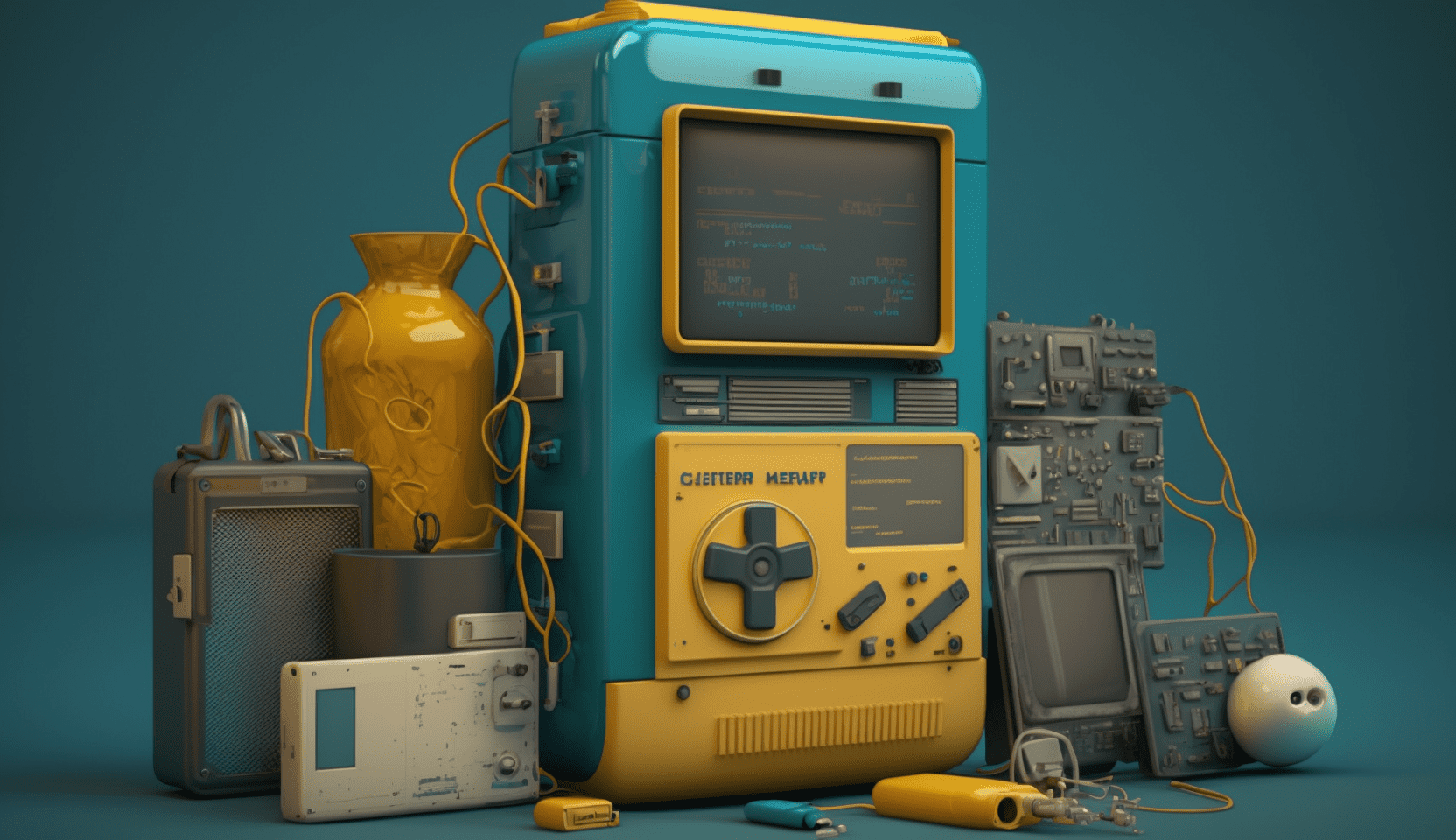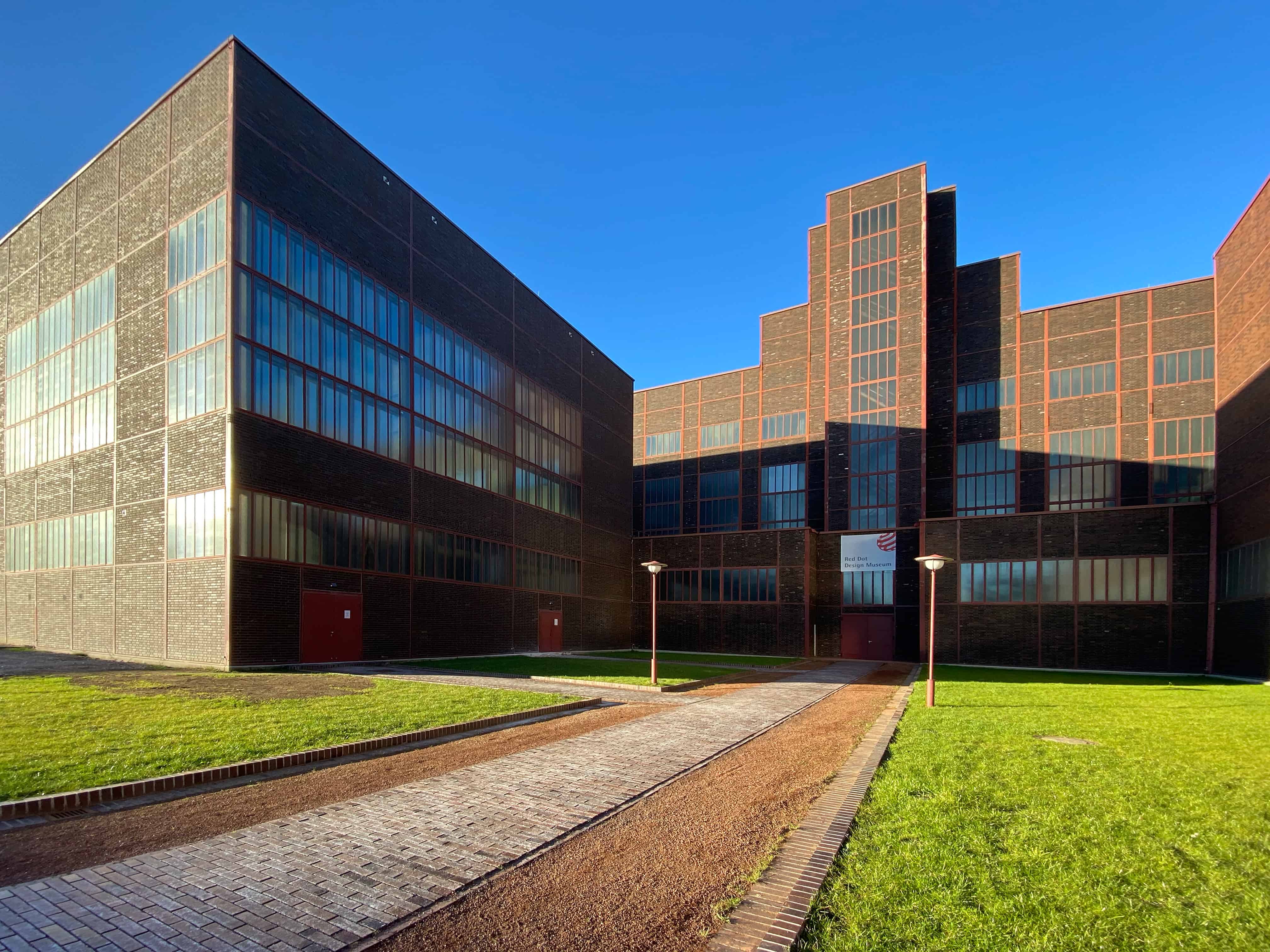
The world is changing. And our Brabant landscape is changing along with it. That will always be the case. Business as usual, one would say. Yet many people experience this time differently than before because at the same time we have to deal with many and far-reaching changes. Drastic in people’s lives and drastic for the landscape. This calls for fundamentally different choices. But also for a relaxed approach. The future Brabant landscape does not need to be built or rebuilt perfectly in one day. That’s why I advocate the introduction of the concept of an interim landscape.
The changes are numerous. To begin with, on the farmland. Many inhabitants of the city will not notice this, but I share the view of our Chief Government Architect Floris Alkemade that “over the past few decades the farmland has changed faster and more radically than the city”.
The increasing scale, knowledge and artificial fertilizer have made Dutch farmers world leaders when it comes to efficient food production. But there is also a downside to this success. The number of farmers is decreasing in a ruthless selection process. With many losers. The number of empty stables and barns in Brabant is growing rapidly. In 2030, one in three or four farms will be empty. According to the figures of the province of Noord-Brabant, the total vacancy in Noord-Brabant is expected to increase to 6.2 million m² in 2030.
“Not only the number of farmers, but also the biodiversity is decreasing.”
This development leads to a desolate and anonymous countryside. Who still owns and who will actually feel the countryside? More and more often, the rural area suffers from crime due to a large number of vacant buildings and the favourable and anonymous location of farms. Think of hemp plantations and XTC Labs.
Not only the number of farmers but also biodiversity is decreasing. Biodiversity is an umbrella term for all the different species we have on earth. Variation is important for the balance in nature. The sharp decline in the number of (meadow) birds and insects in the Netherlands, for example, is a cause for concern. According to the Netherlands Environmental Assessment Agency, the loss of biodiversity in the Netherlands is largely caused by agriculture and urbanisation, both as a result of the loss of acreage and as a result of environmental pressure and fragmentation.
“All the firm opinions about what should not change are tiring. Just like those about what does have to change. Not for ourselves, but for others of course. And immediately.”
Our climate is also changing. We have to deal with weather extremes more often. We have to prepare ourselves and our landscape for periods of great flooding and longer periods of drought. The landscape as a buffer. And we want to switch to more sustainable energy. Because of the need to emit less CO2 and to be less dependent on oil from abroad. While in The Hague and on social media people are still arguing about the usefulness and necessity of sustainable energy, many people, together or not, are busy with sustainable energy production.
All these developments, positive and negative, influence the future Brabant landscape. How? We don’t know exactly yet. But we know for sure that it will change. And we people, we don’t like to change. So we hear a lot of people with strong opinions about what shouldn’t change. The discussions on social media are crystal clear. There is no lack of opinions and points of view. No solar panels on agricultural land. No windmills on land anyway. No solar panels and windmills in (future) nature reserves. No new homes in the countryside. All the firm opinions about what should not change are tiring. Just like those about what does have to change. Not for ourselves, but for others of course. And immediately.
I urgently need fewer opinions and more curious people. People who are genuinely curious about the new Brabant landscape. People with imagination. People who think big, but above all act small. People who, together with others, concretely build good examples of that new Brabant landscape. People who show ownership and initiative.
“I urgently need fewer opinions and more curious people. People who are genuinely curious about the new Brabant landscape.”
Above all, however, I advocate the introduction of the concept of the interim landscape. The landscape on its way to a new layout. The landscape that is not yet finished. In this interim landscape, not everything needs to be converted at the same time and immediately. In the meantime, we take time to try, to learn, and no doubt also to make mistakes, but to keep our ambition. The new Brabant landscape does not need to be converted in one day.
Looking back at the past, it turns out that for centuries there has been an interim landscape. The only constant is change.
About this column:
In a weekly column, alternately written by Eveline van Zeeland, Maarten Steinbuch, Mary Fiers, Carlo van de Weijer, Lucien Engelen, Tessie Hartjes and Auke Hoekstra, Innovation Origins tries to figure out what the future will look like. The seven columnists, occasionally supplemented with guest bloggers, are all working on solutions to the problems of our time in their own way. So that Tomorrow will be good. Here you can find all previous episodes.







